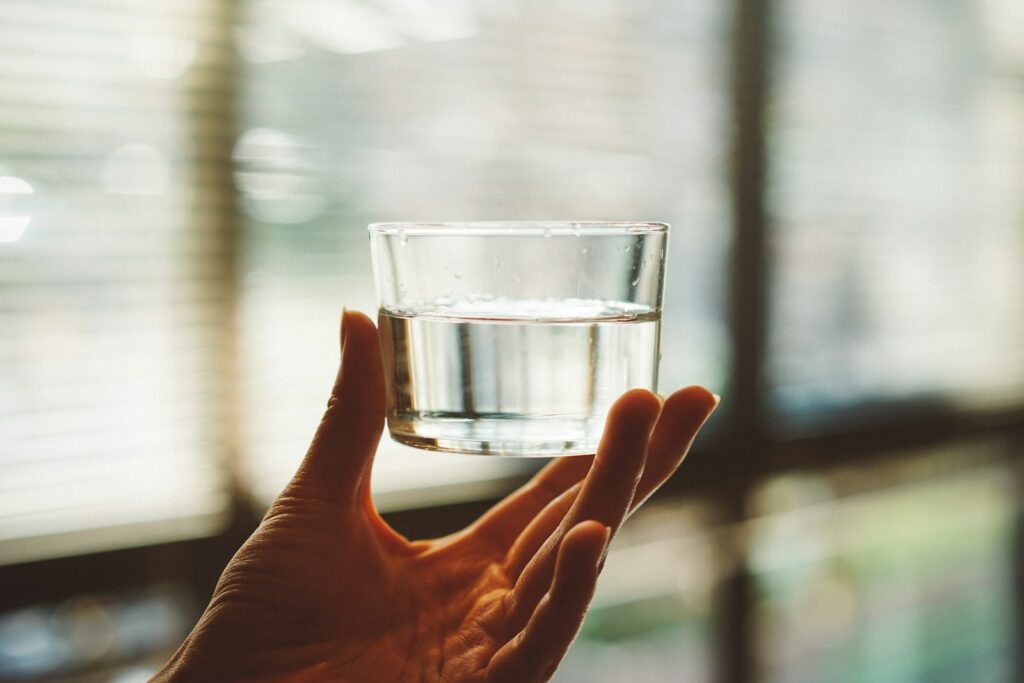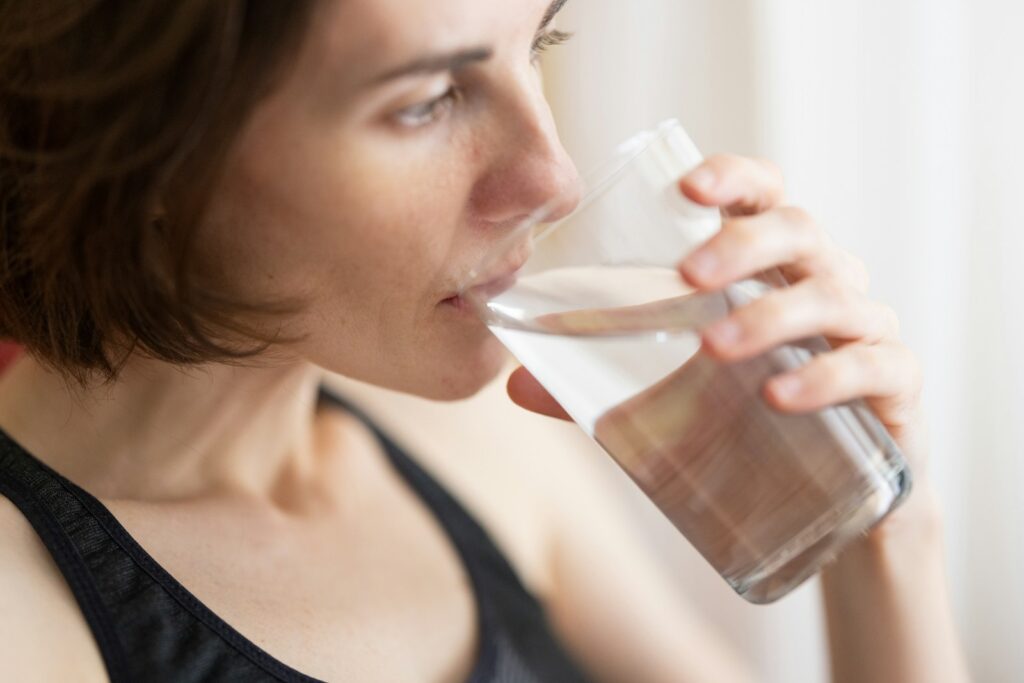
In the quest for optimal hydration, especially as the summer months approach, we often reach for a bottle of water, assuming it’s a superior choice. However, it’s a common misconception that all bottled waters are created equal. The truth, as a study by the NRDC revealed, is that “an estimated 25 percent or more of water sold in a plastic bottle is really just tap water in a bottle.” This startling fact forces us to reconsider our grab-and-go hydration habits.
Making informed choices about the water we drink is more crucial than ever. While many companies genuinely strive to deliver high-quality hydration, often sourcing from natural springs or glaciers, others simply purify municipal tap water and add minerals for taste. It’s vital to distinguish between these options, not just for flavor preferences but for our health, our wallets, and even the planet.
This summer, let’s commit to hydrating smartly. We’ve delved into numerous popular bottled water brands, analyzing their sources, tastes, and ecological footprints, to bring you a definitive list of the waters you might want to skip. Prepare to revolutionize your summer sips as we uncover the first seven bottled waters that simply don’t make the cut, ensuring you pick only the best for your body.
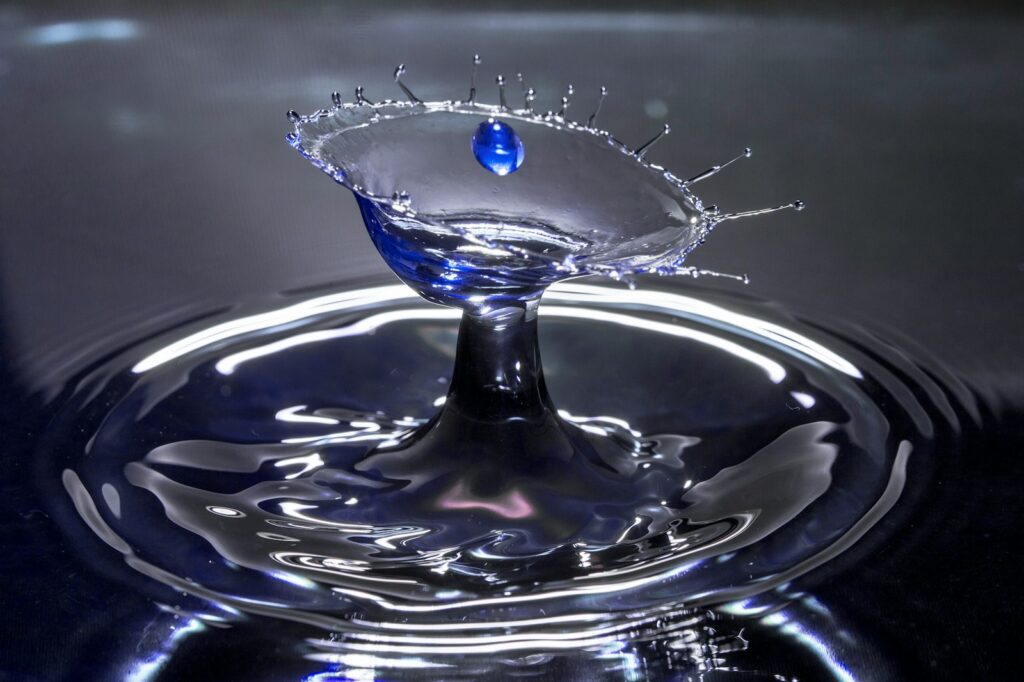
1. **Pure Life**Starting at the very bottom of our list, and for good reason, is Pure Life. This brand consistently ranks as a significant disappointment across various assessments, often being dubbed “glorified tap water.” Sourced from municipal water supplies, Pure Life undergoes a rigorous filtration process, which we can appreciate for its effort to remove impurities. However, the subsequent addition of minerals fails to elevate its taste profile, leaving it “tasting less than stellar.”
Many consumers, including myself, have noted a distinct “slightly plastic taste” when trying Pure Life. This lingering flavor is far from the crisp, clean refreshment we seek in bottled water. It often presents a “lingering chalkiness” or a “slight milkiness when it hit the back of the palate,” which is certainly not what you desire when trying to quench your thirst.
Beyond the taste, Pure Life also falls short on the environmental front. Its plastic bottles are unfortunately “not recyclable everywhere,” making it a less sustainable choice compared to other options available on the market. If you’re looking for a refreshing, responsibly sourced, and great-tasting water, you are definitely “better off sticking with a different brand” this summer. This is one bottled water that genuinely earns its low ranking.
Read more about: 🚨 Heads Up, Drivers! 11 Crucial Things Tow Truck Drivers REALLY Wish You’d Stop Doing on the Side of the Road

2. **Aquafina**Closely trailing Pure Life, and sharing many of its less desirable qualities, is Aquafina. This widely recognized brand, owned by Pepsi, is another prime example of what is essentially “bottled tap water.” Its water is sourced directly from public water sources, undergoing a purification process designed to remove everything except trace amounts of minerals. The company notably “doesn’t add anything back into the water” for taste enhancement.
When it comes to flavor, Aquafina offers little to write home about, and unfortunately, often presents more of a deterrent. Many have described its taste as “only slightly less plastic-y than Pure Life.” Others go further, characterizing it as “minerally, salty, very heavy and bitter,” even claiming it “tasted downright chemically.” This is certainly not the refreshing experience you’re hoping for on a hot summer day.
While Aquafina does get a small nod for some of its water bottles being “made from recycled plastic,” this positive aspect isn’t enough to outweigh its fundamental flaws. Its subpar sourcing and unappealing taste firmly place it on our ‘avoid’ list. For genuinely satisfying hydration, there are far better alternatives than this purified public water.
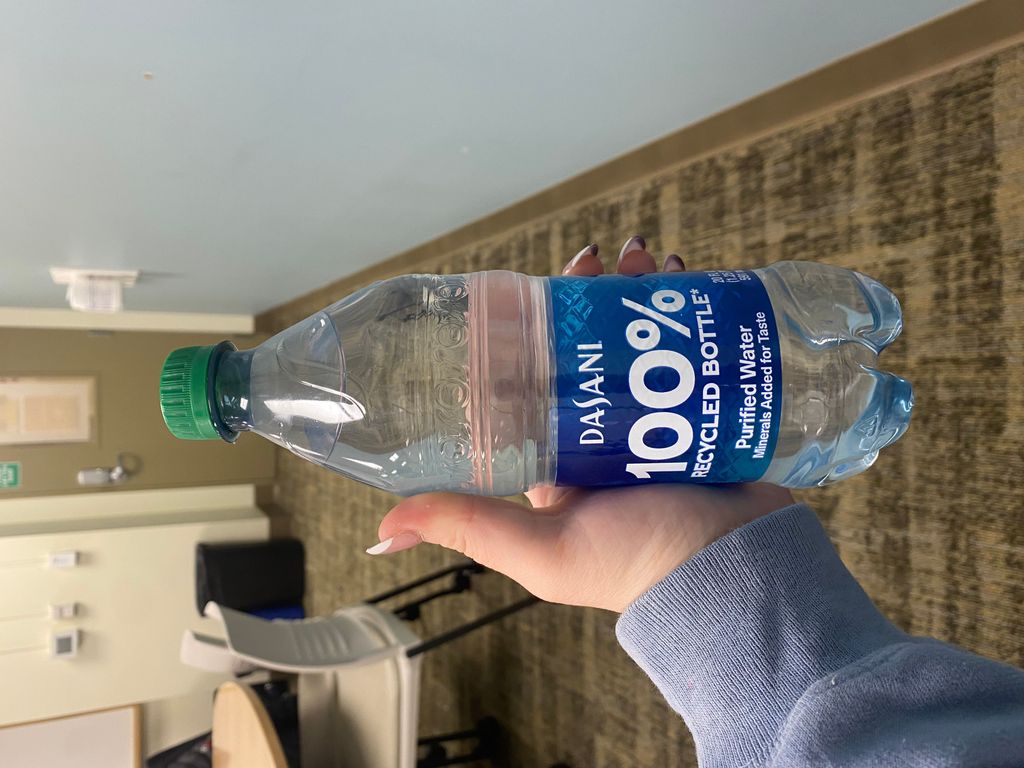
3. **Dasani**Often considered the Coca-Cola counterpart to Pepsi’s Aquafina, Dasani shares a strikingly similar profile as a bottled water we’re definitely avoiding. It is “sourced from a municipal water supply or protected groundwater sources” and then undergoes a purification process to meet FDA standards. Unlike Aquafina, Dasani makes an effort to improve its flavor by adding “minerals back into the water for taste.” However, this effort doesn’t quite redeem it.
While some might find its flavor a slight improvement over the very lowest-ranked options, acknowledging it tastes “better than the previous two,” there’s a clear consensus that “it had been filtered, and it didn’t taste as good as some of the spring waters.” The most damning critique points to a smell that is “horrible… almost sulfuric,” making the drinking experience far from pleasant. Despite the added minerals, some still describe it as having no real taste, with a firm “No, thanks” from reviewers.
On a positive note for the environmentally conscious, Dasani has stepped up its game, with bottles that are “100% recycled” and also recyclable, though typically “minus the cap and label.” While this commitment to sustainable packaging is commendable, it doesn’t quite make up for the foundational issues of municipal sourcing and its frequently unappetizing taste. For pure, refreshing sips, keep looking past Dasani this summer.
Read more about: Chick-fil-A Simplifies Large Order Catering with New Online Platform: Feeding Your Crowd Just Got Easier
4. **Arrowhead**Breaking away from the purified tap water trend, Arrowhead presents itself as a spring water, sourced from “various springs in California, Canada, and Colorado.” This natural sourcing automatically gives it a perceived edge over its municipal water competitors. However, despite its spring origins, Arrowhead still lands firmly on our list of waters to reconsider due to its distinctive and often off-putting flavor profile.
While it might taste “slightly better than the previous contenders,” the mineral quality of Arrowhead unfortunately gives it a flavor that’s “slightly too metallic for me.” Many describe it as “very mineral-forward,” with an “aftertaste… woof,” likening it to consuming “a calcium chew and then decided to take a giant gulp of water to wash it down.” This strong mineral presence can be quite polarizing, detracting from the crispness one expects from spring water.
Further compounding its position on our ‘avoid’ list are its environmental considerations. Arrowhead’s plastic bottles are “not recycled by my county,” which makes it a less sustainable option for many consumers. While it might be on the “higher-quality end of the prolific plastic water bottle brands,” its specific taste and recycling challenges mean it’s “by no means the best bottled water” for your summer hydration needs.
Read more about: Beyond the Gridiron: A Curated Look at Travis Kelce’s Multi-Million Dollar Automotive Collection, from Bespoke Luxury to Electrified Classics
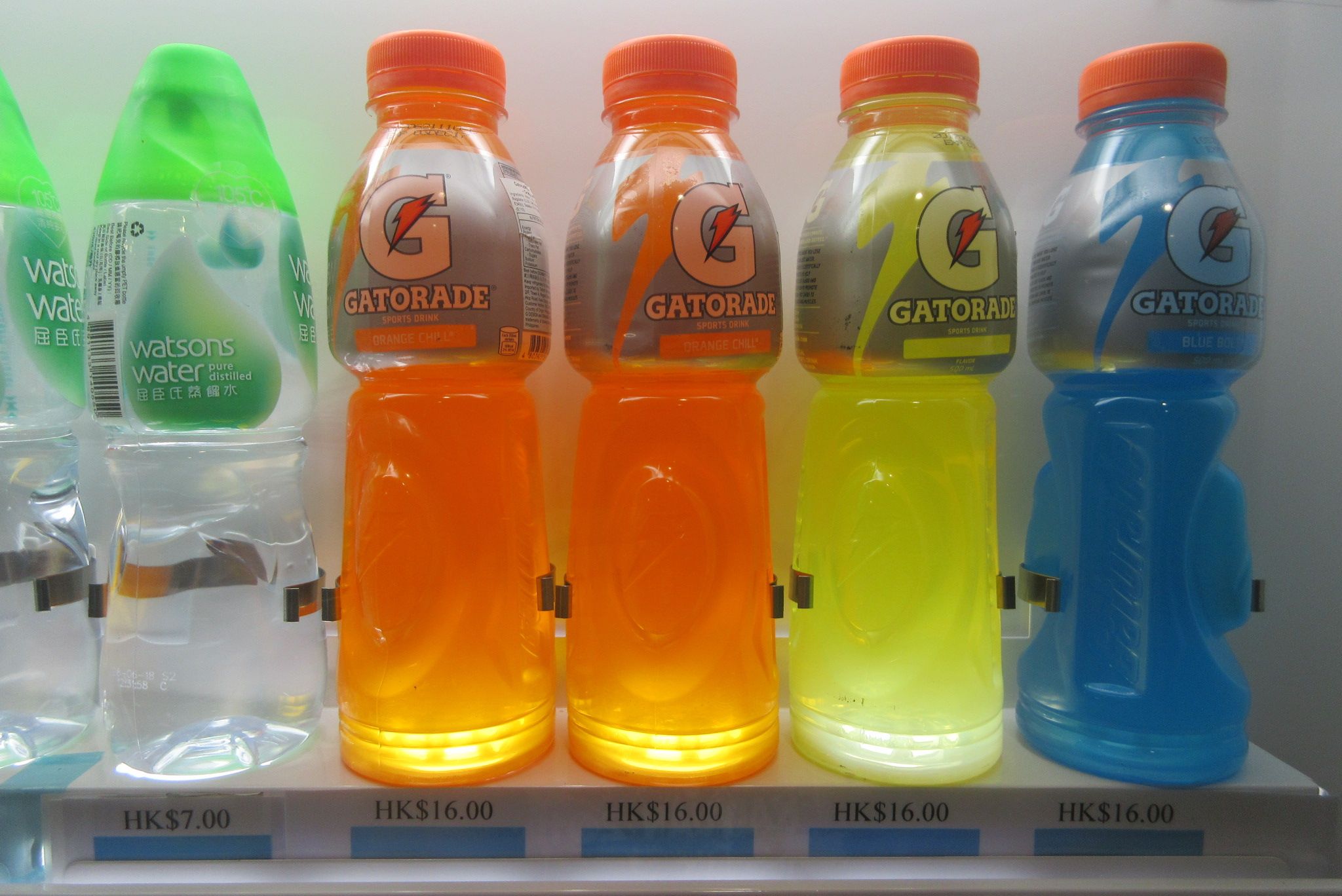
5. **Gatorade Water**When you hear ‘Gatorade,’ you typically think of vibrant, electrolyte-packed sports drinks. However, the brand has ventured into the realm of plain bottled water, albeit with its signature twist: infused electrolytes. While this might sound like a convenient way to get a hydrating boost, Gatorade Water, unfortunately, falls into the category of purified water, not natural spring water, which places it squarely on our ‘avoid’ list.
This water is yet another product that starts as purified water, even though “lots of spring water sources contain naturally occurring electrolytes, so why bother with enhanced tap water?” The reliance on purified sources, rather than natural springs, means it’s not the untouched, naturally mineralized hydration many consumers seek. We can, and should, “do so much better” when selecting our bottled water.
In terms of taste, reviewers have noted that the “flavor of this water wasn’t bad, but it did have a slight plastic aftertaste.” This is a recurring issue with many purified and bottled tap waters, detracting significantly from the overall drinking experience. While Gatorade Water does earn points for coming in “100% recycled plastic bottles,” this commendable eco-effort doesn’t override the fundamental issue of its sourcing and flavor. This summer, for truly natural and clean-tasting hydration, we recommend leaving Gatorade Water on the shelf.
Read more about: 14 Shocking Celebrity Gaffes That Erased Millions in Brand Deals
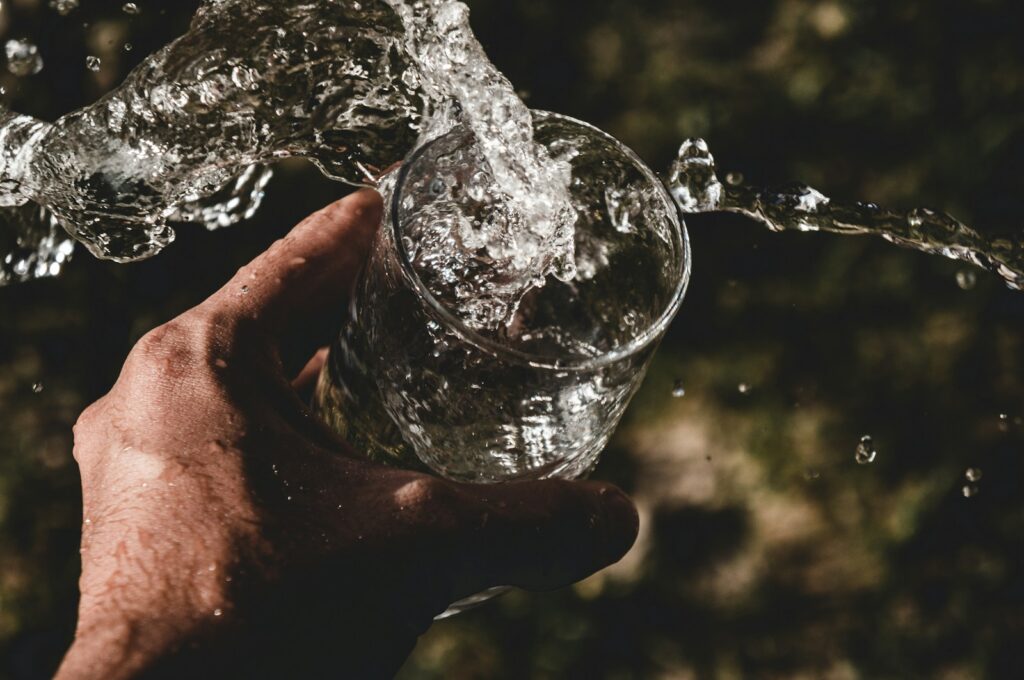
6. **Penta**Penta water stands out on this list for a rather unique reason: its purification process. According to Bottled Water Web, Penta is recognized as the “purest-known bottled drinking water on the market,” thanks to a curious method that “uses sound waves to purify and restructure its water.” While the science behind this is intriguing, it’s this very processing that makes Penta a brand we’re advising you to avoid if you prioritize natural sourcing.
The extensive purification, while aiming for purity, results in what many describe as the “plainest-tasting water on this list.” When seeking refreshing hydration, especially during the summer, a completely flavorless experience can be quite uninspiring. The lack of naturally occurring minerals and electrolytes, often found in spring waters, contributes to this blandness, making it less satisfying for many.
My primary hesitation in recommending Penta, despite its unique processing, stems from its departure from natural sources. While I’m “intrigued by its processing,” I “can’t give Penta a higher ranking because it’s not as natural as I’d like to see.” For those who appreciate water’s natural qualities and desire a more robust or distinct flavor, Penta’s hyper-purified, plain profile simply won’t hit the mark. It might be a “great purified water to fill your Nespresso machine with,” but for personal hydration, there are more enjoyable and naturally sourced options.
Read more about: Did You Know? Uncovering the Secrets of 13 of History’s Most Recognized Figures
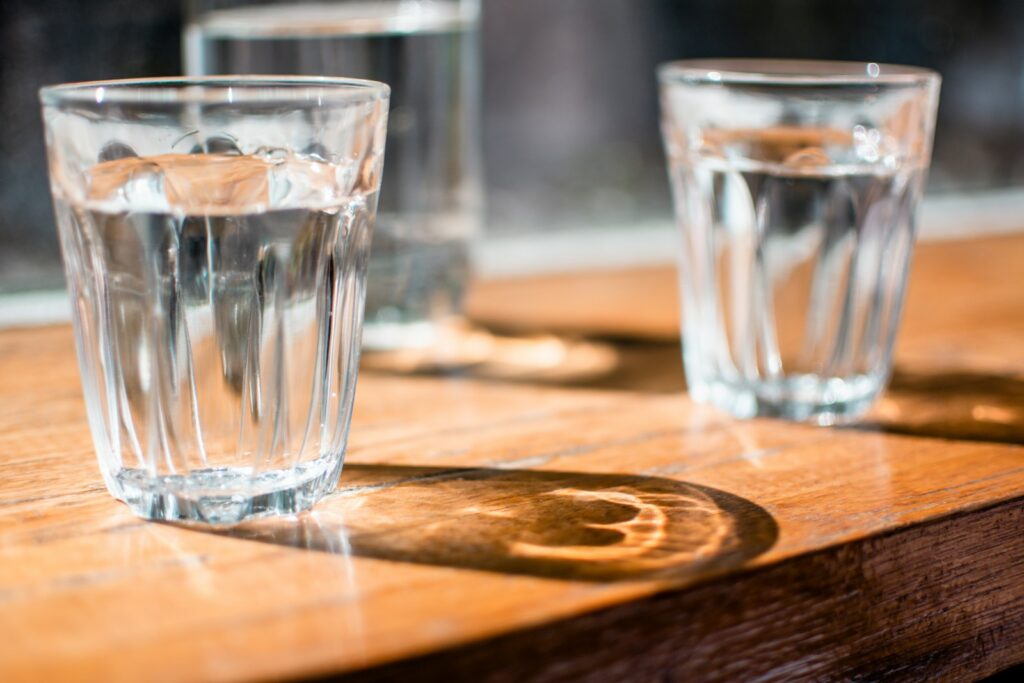
7. **Deer Park**Rounding out our initial list of waters to avoid this summer is Deer Park, a brand that often positions itself as spring water. While it does aim for a light and clean profile, its overall impression frequently falls short of expectations, leaving much to be desired for discerning drinkers. It’s often categorized as “elevated tap water,” which immediately raises questions about its value proposition.
Many consumers found Deer Park to be “very light and clean” and “quite palatable.” However, despite these initial positive notes, a significant drawback emerged in the form of a “lingering fluoride moment.” This aftertaste is often compared to something “better suited for a dentist’s office,” which is certainly not the refreshing sensation one seeks from a bottle of water. This subtle yet noticeable chemical hint detracts from the purity and enjoyment of the drink.
Ultimately, while Deer Park might be palatable in a pinch, it fails to deliver the truly superior experience expected from bottled water. Its “tap water-esque” quality and the unwelcome fluoride aftertaste mean it won’t be a top pick for those with many choices. For a truly crisp, clean, and unblemished hydration experience this summer, you’re better off exploring other brands that don’t leave you with a dental office memory.
Diving Deeper into the #H₂NO List: 8 More Bottled Waters to Steer Clear Of
As we continue our journey through the crowded aisles of bottled water, it becomes increasingly clear that the path to optimal hydration is often paved with marketing claims that don’t quite hold up to scrutiny. Our mission, especially for this summer, is to empower you to make choices that truly benefit your health and well-being, steering you away from options that simply don’t deliver on their promises of purity or refreshing taste. We’ve already highlighted some of the biggest offenders, and now it’s time to delve deeper into our #H₂NO list, examining eight more brands that, for various reasons from questionable sourcing to disappointing flavor profiles, are best left on the shelf. Get ready to discover why natural springs truly reign supreme for that pristine hydration experience.
Read more about: Beyond the Hype: Unpacking the Myriad Reasons Why Self-Driving Cars May Never Truly Work
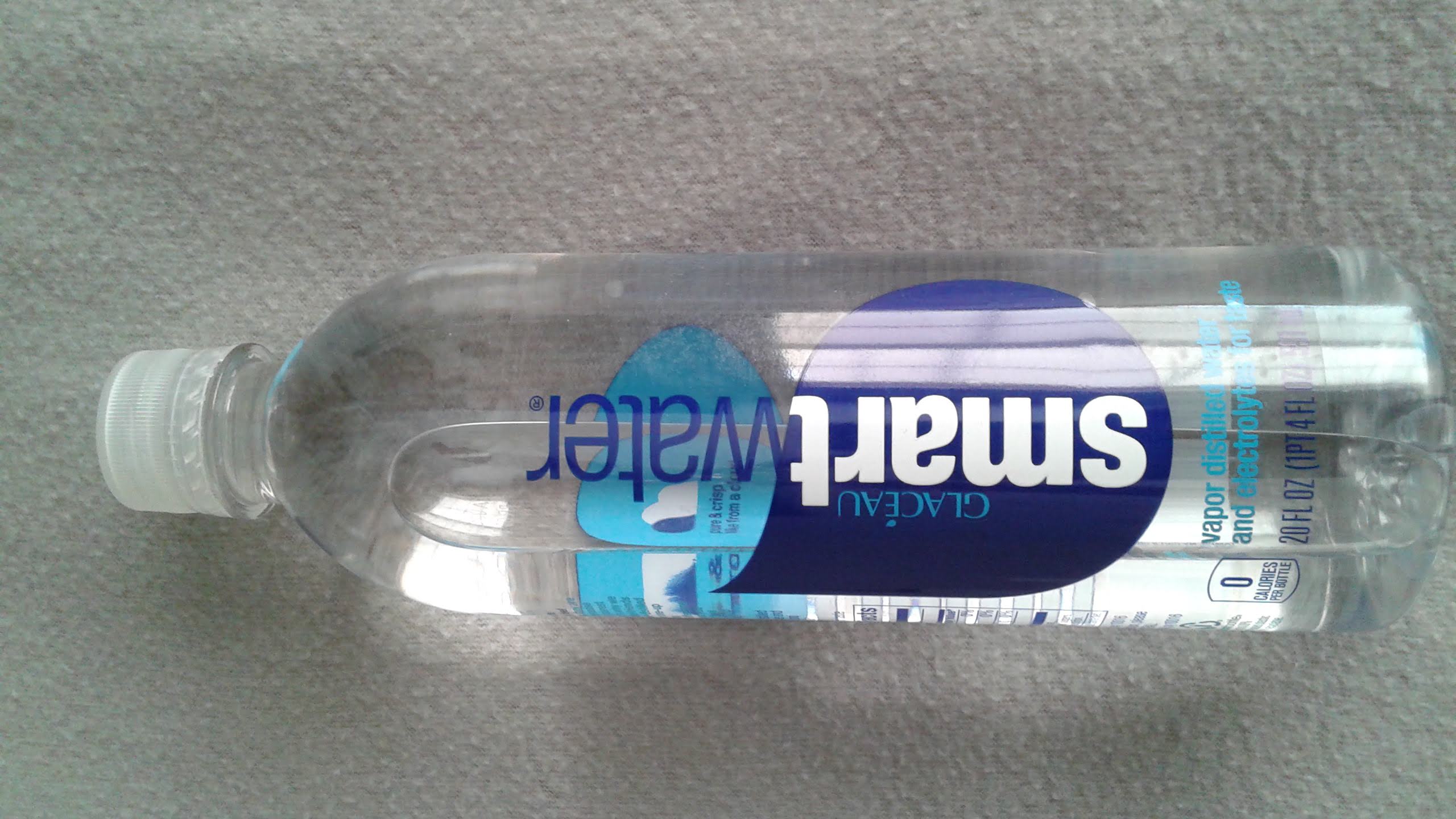
8. **Glaceau Smart Water**Initially, Smart Water might seem like a clever choice, especially with its sleek packaging and the promise of ‘vapor-distilled’ purity. However, a deeper dive into its origins reveals that this seemingly sophisticated beverage often starts its life as municipal tap water. While it undergoes a purification process and is enhanced with electrolytes for taste, this doesn’t change the fundamental fact that it’s not a natural spring water, despite some earlier reports to the contrary.
For those seeking genuine, naturally sourced hydration, the idea of paying a premium for what is essentially processed tap water can be a letdown. While the added electrolytes do give it a distinct flavor—some describe it as ‘palatable and well-rounded,’ others note a ‘subtle tanginess’—it often misses the crisp, untainted character of water drawn directly from a natural spring or glacier.
Eco-conscious consumers also have reason to pause. Although it may taste better than some of its lower-ranked purified counterparts, Smart Water often doesn’t come in recycled bottles. This lack of commitment to sustainable packaging, combined with its municipal sourcing, makes it a less-than-ideal choice for those aiming to hydrate responsibly and naturally this summer. We can certainly do better than ‘smart’ tap water.
Read more about: Dread in Every Hike: 14 Outdoor Gear Items Backpackers Agree Should Be Unbought By Adventurers

9. **LIFEWTR**LIFEWTR, Pepsi’s direct competitor to Smart Water, tries to captivate consumers with its artistic labels and high-fashion aesthetic. The brand’s visually appealing bottles are undeniably striking, often drawing attention on store shelves. However, as with many of these visually driven brands, it’s crucial to look beyond the exterior and understand what’s actually inside.
At its core, LIFEWTR is another example of enhanced, purified water sourced from public water systems. While it boasts a balanced pH and added electrolytes for taste, the simple truth is that it’s fundamentally purified tap water. As PepsiCo itself has admitted, ‘the biggest equity of this brand is the label,’ underscoring that its primary draw is aesthetic, not its natural sourcing.
While reviewers often find its flavor ‘fresh and clean,’ some have also noted a ‘bitter, somewhat metallic ending.’ Despite its commitment to 100% recycled plastic bottles—a commendable effort—the brand’s reliance on purified municipal sources means it falls short for those prioritizing the untouched purity and natural mineral content of spring water. Don’t let pretty packaging distract you from seeking truly natural hydration.
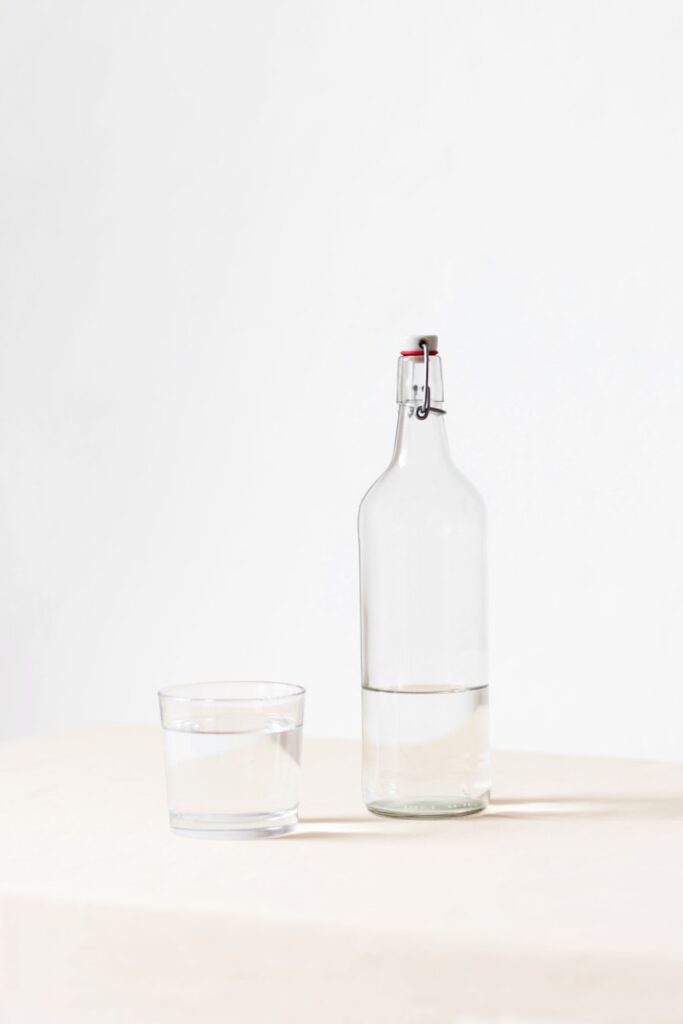
10. **Talking Rain AQA**Talking Rain AQA presents an interesting dilemma. It’s an electrolyte-enhanced water that some reviewers find quite enjoyable due to its high pH. The flavor profile is often appreciated, suggesting a pleasant drinking experience that stands out from blander purified options. This could make it seem like a promising candidate for your summer hydration needs.
However, a significant red flag emerges when investigating its source. The company states it uses water from ‘a carefully selected water source,’ but this vague description lacks the transparency that discerning consumers should demand. When a brand isn’t upfront about where its water originates, it raises questions about the true quality and naturalness of the product.
For us, this lack of transparency is simply too suspicious to justify a higher ranking. While a pleasant flavor is a plus, the inability to verify the source makes it impossible to classify Talking Rain AQA among the best bottled waters for your health and peace of mind. Without clear disclosure, we recommend seeking out brands that are more forthcoming about their origins.
Read more about: Unwrapping Joy: My Enthusiastic Deep Dive into 10 Must-Buy Trader Joe’s Holiday Treats This Season!
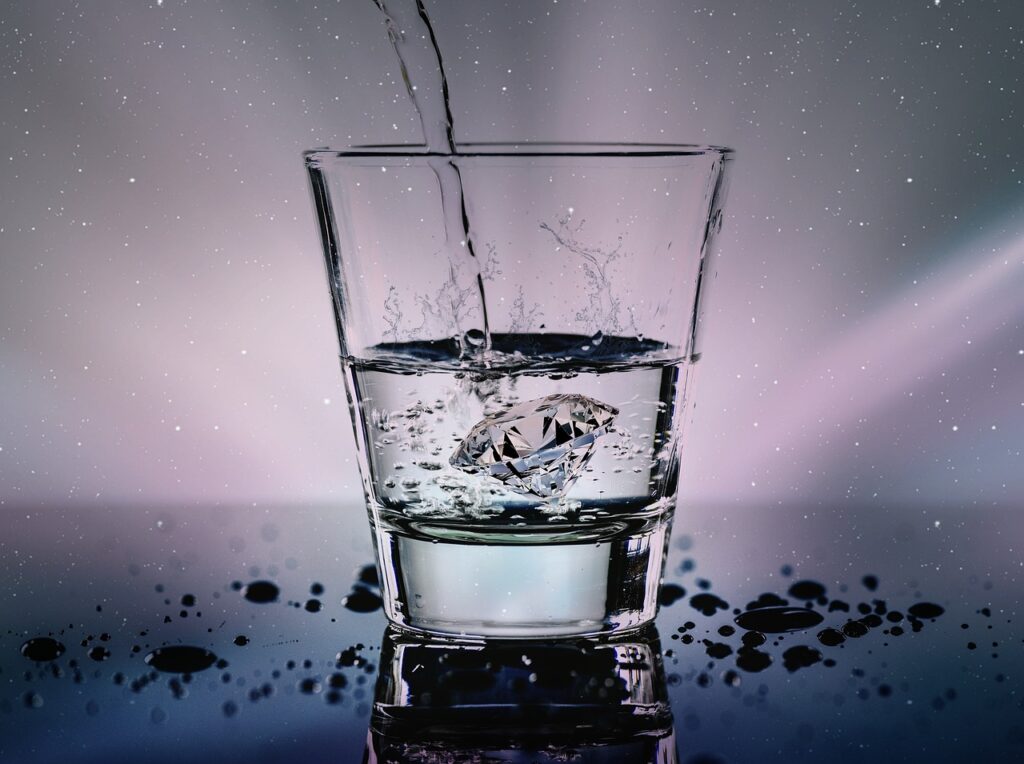
11. **Action**Action water, much like a few other brands on our list, actively promotes its alkaline pH levels, suggesting these are inherently better for your health. Indeed, some reviewers have found that this water quenches their thirst more effectively, noting that the electrolytes add a ‘nice ‘charged’ flavor’ that feels invigorating. It’s easy to be drawn in by such promises, especially when looking for an extra boost in your hydration.
However, it’s vital to approach these alkaline claims with a critical eye. Harvard Health has noted that while alkaline water might offer some relief for heartburn, ‘there’s not enough evidence to support this claim’ for broader health benefits. This means that any perceived advantages may not be scientifically substantiated, relying more on marketing than proven efficacy.
Furthermore, the same Harvard Health report cautions that consuming alkaline water in excess ‘could also be dangerous to drink…to individuals with certain medical conditions.’ Given the lack of definitive scientific backing for its purported benefits and potential risks, we advise caution. For truly beneficial hydration, choosing naturally sourced waters with known mineral compositions is a more reliable path than waters making unsubstantiated health claims.
Read more about: Deep in the Sierra: How a Spelunker’s Discovery Uncovered a Lost Mexican Civilization
Choosing the right bottled water, especially as temperatures soar, is more than just grabbing the first bottle you see. It’s about making informed decisions that align with your health goals, taste preferences, and environmental consciousness. From purified tap waters dressed up with fancy labels or pH claims, to naturally sourced options with polarizing mineral profiles, our deep dive into the #H₂NO list reveals that not all bottled waters are created equal. This summer, empower yourself to look beyond the marketing hype. Seek out transparency in sourcing, prioritize natural purity, and opt for brands that truly deliver on the promise of clean, refreshing hydration, ensuring every sip contributes positively to your well-being.

